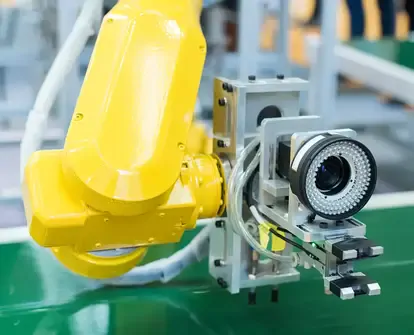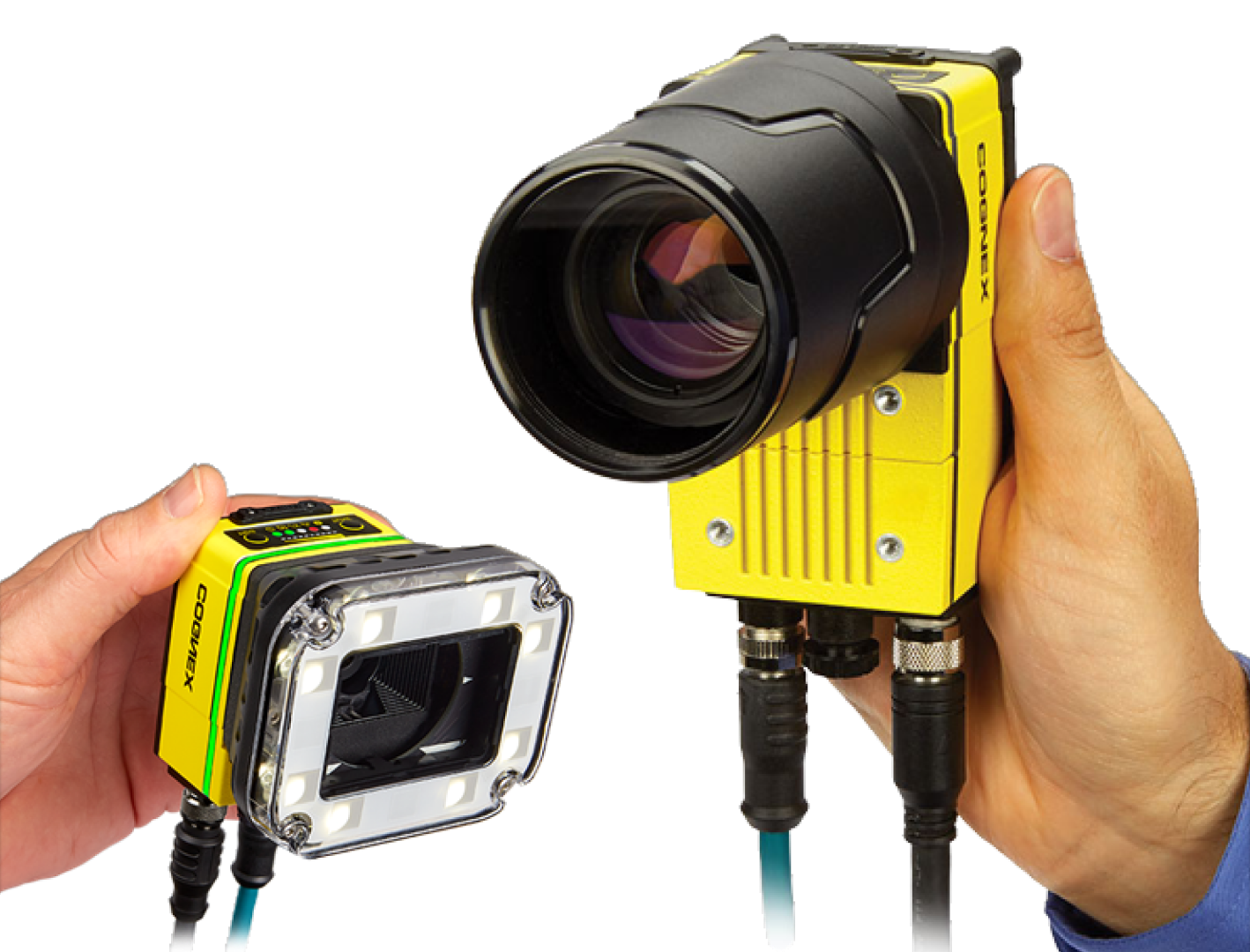
Machine vision systems can help manufacturing companies save money in a number of ways. Get in touch with our machine vision experts to estimate the cost of your project and its return on investment :
- Reduced labor requirements
- Reduction of false rejects and manufacturing defects
- Reduced purchases of mechanical equipment
Vision Inspection project evaluation
Our team will estimate the feasibility and costs associated with implementing an automated solution to solve your inspection problems.
Cognex DataMan 70 series
Cognex DataMan 150/260 series
In-Sight 2800 Séries
In-Sight 7000 Series
In-Sight 9000
In-Sight 2000 Vision Sensors
DataMan 280 Series
DataMan 370 series
DataMan 470 series
In-Sight 8000
In-Sight 5705
In-Sight D900
In-Sight 2000 Mini Vision Sensors
Dataman 8050 Series
Dataman 260 Series
Dataman 8600 Series
Dataman 7500 Series
Dataman 300 Series
Dataman 8700 Series
Cognex Dataman Series
Dataman 7500
Dataman 8500 Series
Dataman 374 Series
Dataman 500 Series
Dataman 50-60 Series
Dataman 150 Series
Dataman 8000 Series
Dataman barcode scanner
Cognex Dataman 360 Serie
3d machine vision camera
cognex handheld scanner
Cognex edge intelligence
2D Vision Systems
Cognex In-Sight 3800
What are vision systems?
A machine vision system is an automated visual inspection machine used to capture and analyze images to recognize defects, classify products or materials, and automatically inspect objects. Machine vision integrates multiple systems that together can be used in many applications such as quality control, automated guided vehicles, and assembly systems.
What are the different types of vision systems?

There are different types of machine vision systems, depending on the type of camera and how the system is used. Machine vision can use different types of cameras, including digital cameras, standard analog cameras, and linescan cameras. The type of camera and how it is used determines the types of processing needed after the camera captures an image.
How does a vision system works?
A machine vision system is a device specifically designed to detect objects, measure their attributes and shape, or determine the location or orientation of those objects. To perform these tasks, a machine vision system needs three components: an image capture device with lenses and filters; an image processing unit for converting the images into meaningful information; and finally, an output display to show you the results. Most machine vision systems also have some type of computer interface (eg Ethernet) so that they can be connected to other devices such as programmable logic controllers (PLCs) or industrial PCs.
Which industries uses vision systems?
Machine vision systems are used in many industries, including industrial manufacturing, medical imaging devices, automated guided vehicles, safety equipment, and robotics. Most industrial applications use vision systems to solve a specific problem in various industries.